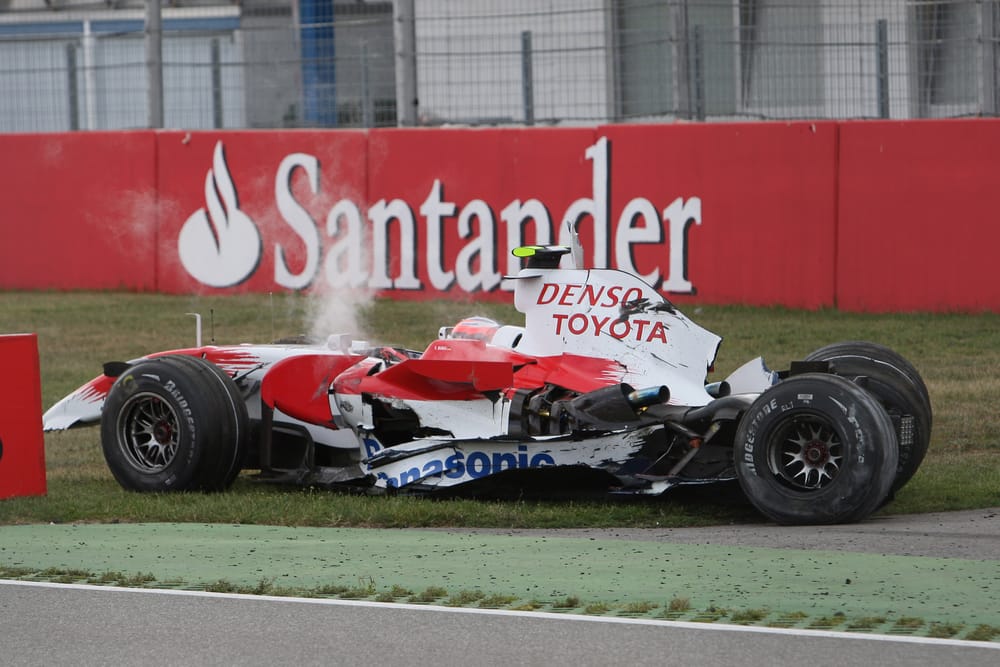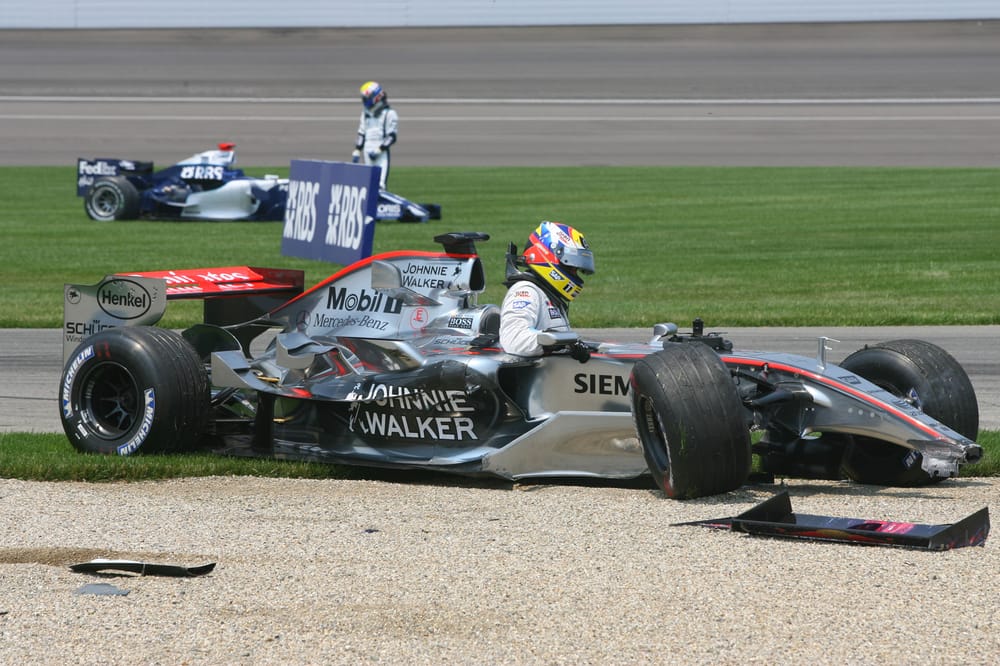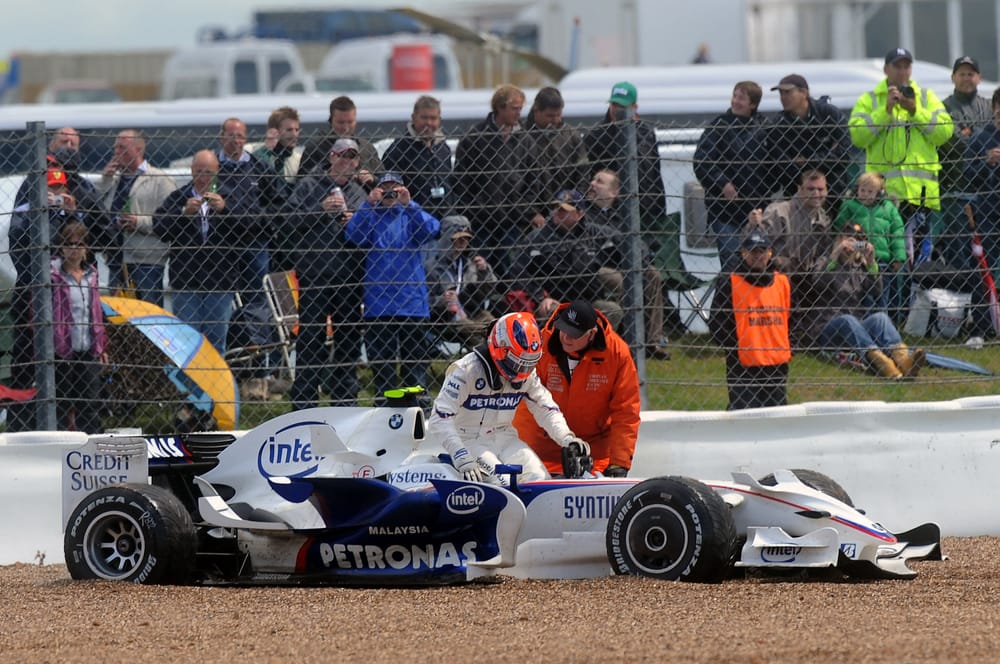Up Next

Toyota's return to F1 via a technical partnership with Haas is inevitably going to bring back memories of its ill-fated works team. Over eight seasons it failed to win a race, burned through multiple different drivers and ended up wasting millions.
Back in 2020, Edd Straw charted just what went so wrong with Toyota's failed works team:
When Toyota announced its plan to enter Formula 1 in January 1999, it was a question of when, rather than if, it would start winning. After all, this was one of the biggest road car manufacturers in the world.
On paper, Toyota F1 was an operation that had it all – a huge budget, accomplished personnel and superb facilities. But while there were three pole positions and 13 podium finishes, not once in 139 grands prix did Toyota win a race from 2002-2009, let alone challenge for the championship.
Considering the expectations and the potential, the Toyota F1 project stands as one of the biggest failures in the history of grand prix racing, never finishing higher than fourth in the constructors’ championship – something it achieved only once in eight seasons.
Despite many changes in personnel, drivers and regulations during its time in F1, Toyota was a consistent underachiever for myriad reasons. At heart, there were key weaknesses underpinning its underachievement that proved to be running themes.
UNDERESTIMATING F1
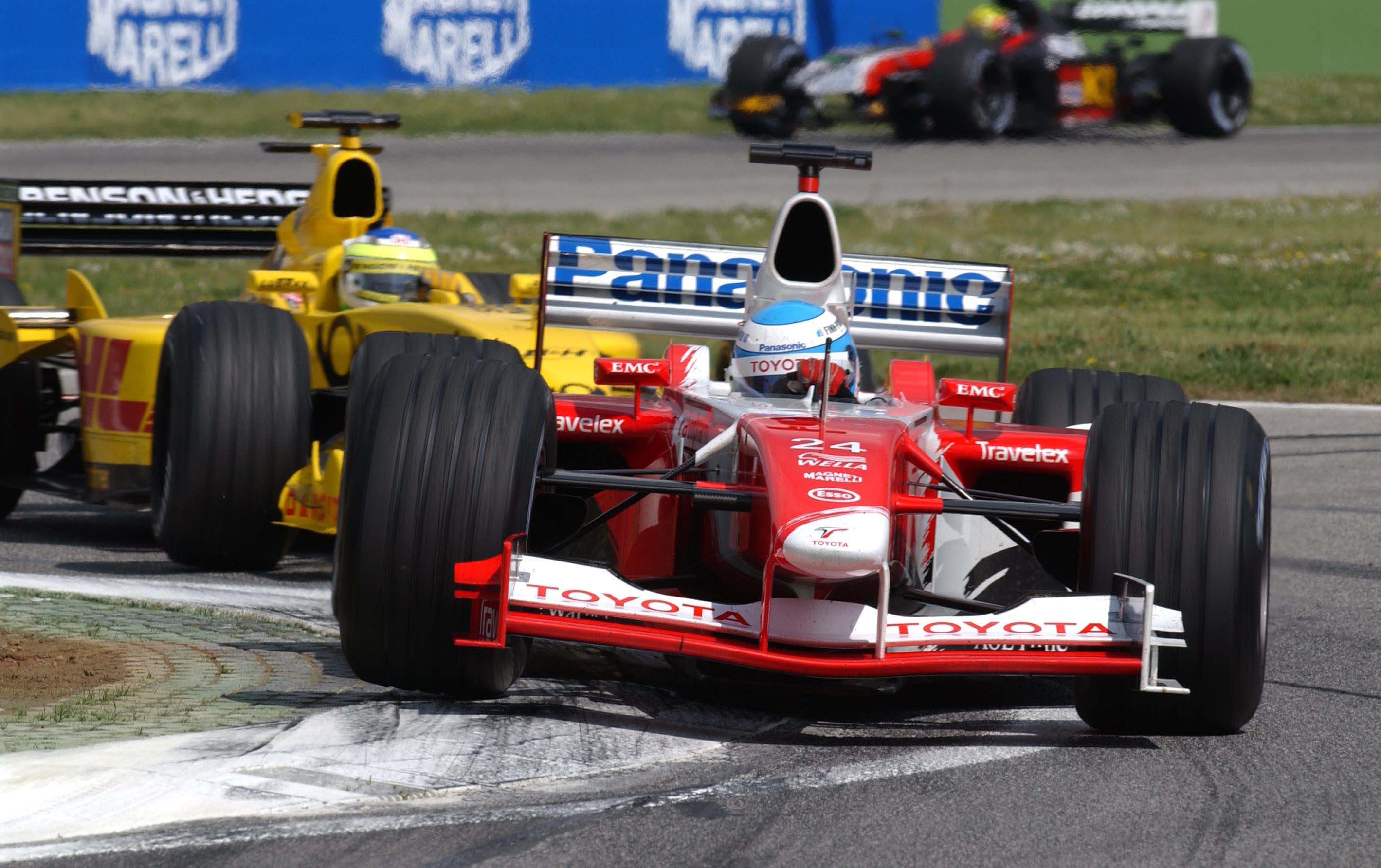
Toyota underestimated the scale of the challenge of F1. Having enjoyed success in the World Rally Championship during the 1990s (two-year ban notwithstanding), then produced the GT-One sportscar that fell short of Le Mans glory but was unquestionably both quick and iconic, it was natural Toyota would turn its attention to F1. But this was at a time when F1 teams were rapidly expanding in size and technical know-how, and by coming in as a full works operation producing both car and engine immediately Toyota faced a double challenge.
Initially, Toyota planned to come in with a V12 engine. But in January 2000, the FIA World Motor Sport Council rubber-stamped rules mandating the use only of V10 engines – with fear of Toyota’s plans among the driving forces behind existing teams lobbying for this. While this was used as the official reason behind Toyota knocking back its planned entry from 2001 to ’02, realistically the company never seriously intended to make the grid for that first year given it was starting from nothing and was happy to write off the $11 million deposit. But it had invested plenty of time and money in a V12 project it had to scrap, far from the last time it would lose out in the political battleground that is F1.
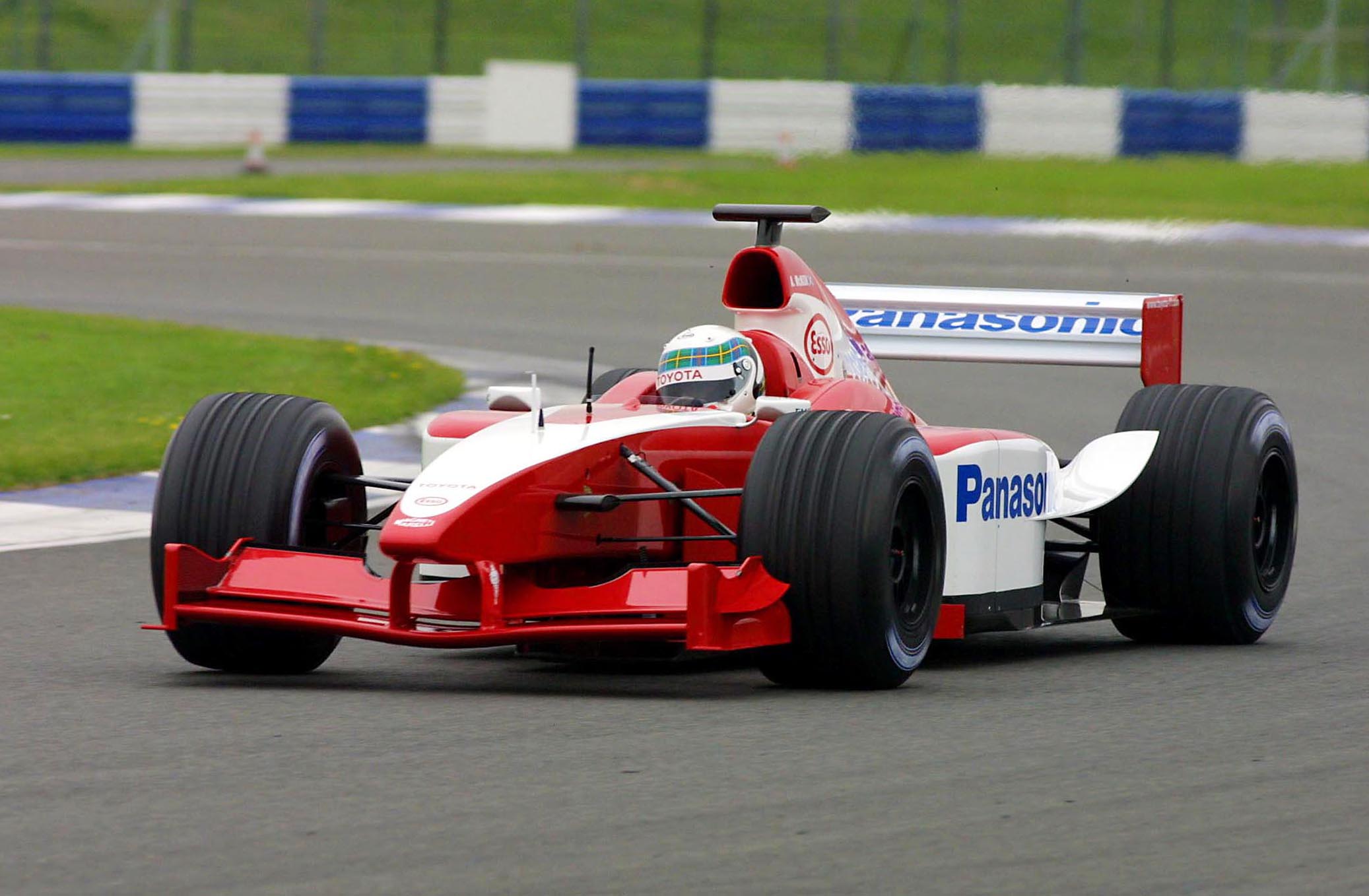
Instead, Toyota spent 2001 testing and showed its commitment by establishing a purpose-built testing headquarters within the Paul Ricard track. The prototype car – dubbed the AM01 but retrospectively renamed the TF101 once the final designation for its F1 cars had been decided – was heavy and well down on downforce. Unveiled on 23 March 2001, the car logged over 20,000km of running that season, including mileage on the majority of circuits that staged grands prix.
The struggles led to the departure of technical director Andre de Cortanze and the recruitment of Gustav Brunner from Minardi to replace him. Brunner was highly-rated as a designer, but not considered ideal technical director material for a team that required strong leadership in that area.
At the heart of Toyota’s mistake was underestimating the demands of F1, which remained a running theme. And while that first season competing in 2002 was downplayed as a learning year, its haul of two points – including Mika Salo’s sixth place on debut in Australia – wasn’t considered good enough. This should have been recognised as a warning of how much still needed to be done, but was instead seen as underachievement even though the car had few upgrades and the team’s full focus switched to the TF103 – a car heavily inspired by the 2002 Ferrari – relatively early.
There was at least recognition early on that the staff levels remanded of F1 necessitated a dramatic increase of the operation’s headcount, again proof of underestimating the challenge at first.
BLAMING THE DRIVERS
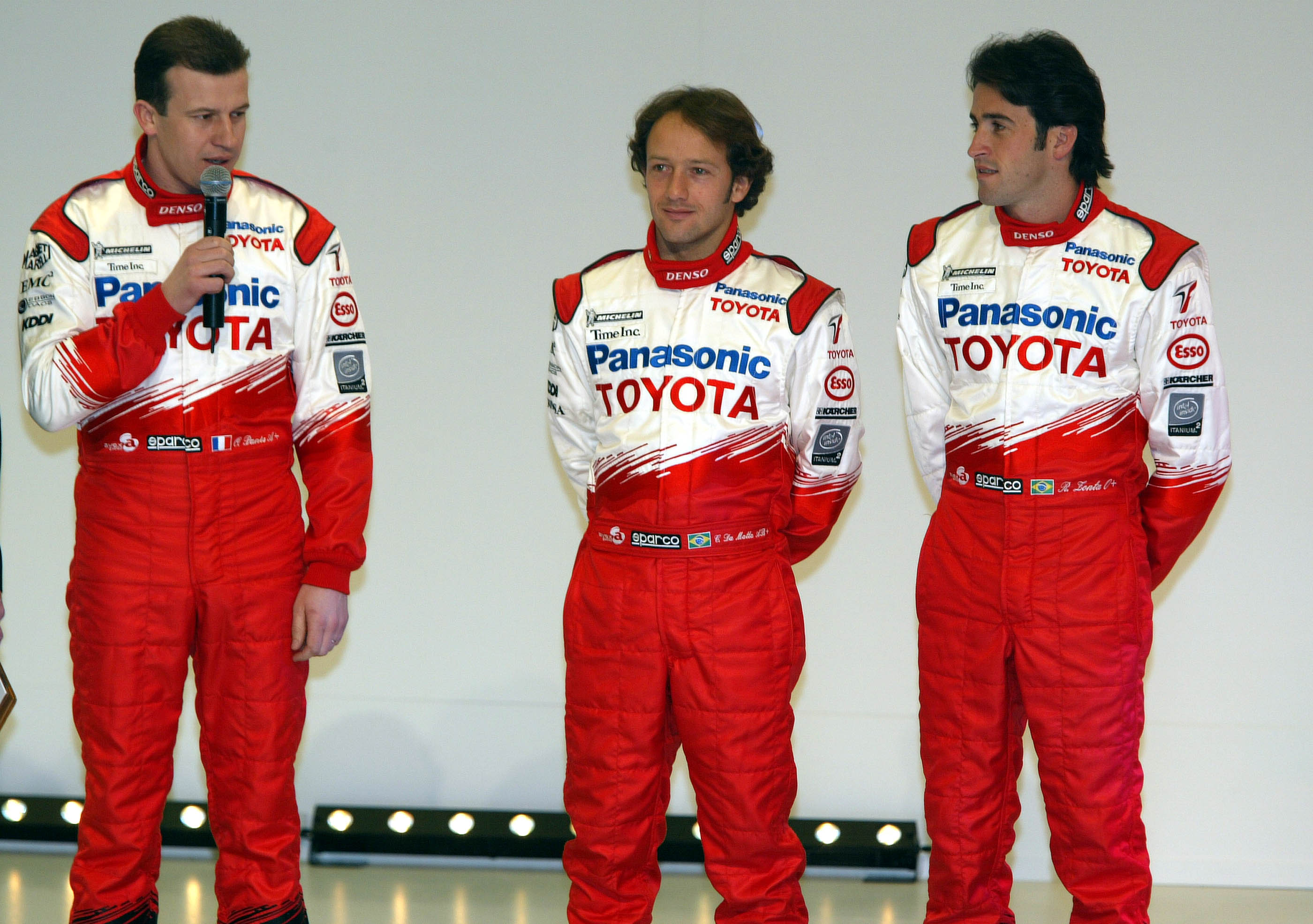
Right from the start, Toyota had a tendency to point the finger at drivers when it came to underperformance. During the early testing programme, drivers Mika Salo and Allan McNish were told by a member of the Toyota board who was watching that they weren’t braking as late as the quicker cars also running – failing to recognise that they had a lot less downforce to assist with retardation. This tendency carried on throughout Toyota’s F1 tenure.
While it never had a genuine superstar driver – although attempts were made to sign the likes of Kimi Raikkonen and Fernando Alonso – it ran plenty of very capable pilots. Jarno Trulli, Olivier Panis and Ralf Schumacher were all grand prix winners, while the other five drivers to race a Toyota – Salo, McNish, Cristiano da Matta, Timo Glock and Ricardo Zonta – all have fine CVs.
None of them did a perfect job, but this mindset proved disruptive and a distraction from getting to the heart of the problem, particularly when it came to learning the lessons from its first season when Salo and McNish were both ousted despite doing good jobs with a very limited car. Da Matta was the next victim of this, being axed in the middle of 2004 despite having impressed during his rookie season in 2003 – his main crime being criticising the car in public.
At the point of Toyota’s exit, there was also a tentative plan to cut back the spending of the team and the Trulli/Glock alliance was set to be replaced by Sebastien Buemi and Kamui Kobayashi.
THE TOYOTA WAY
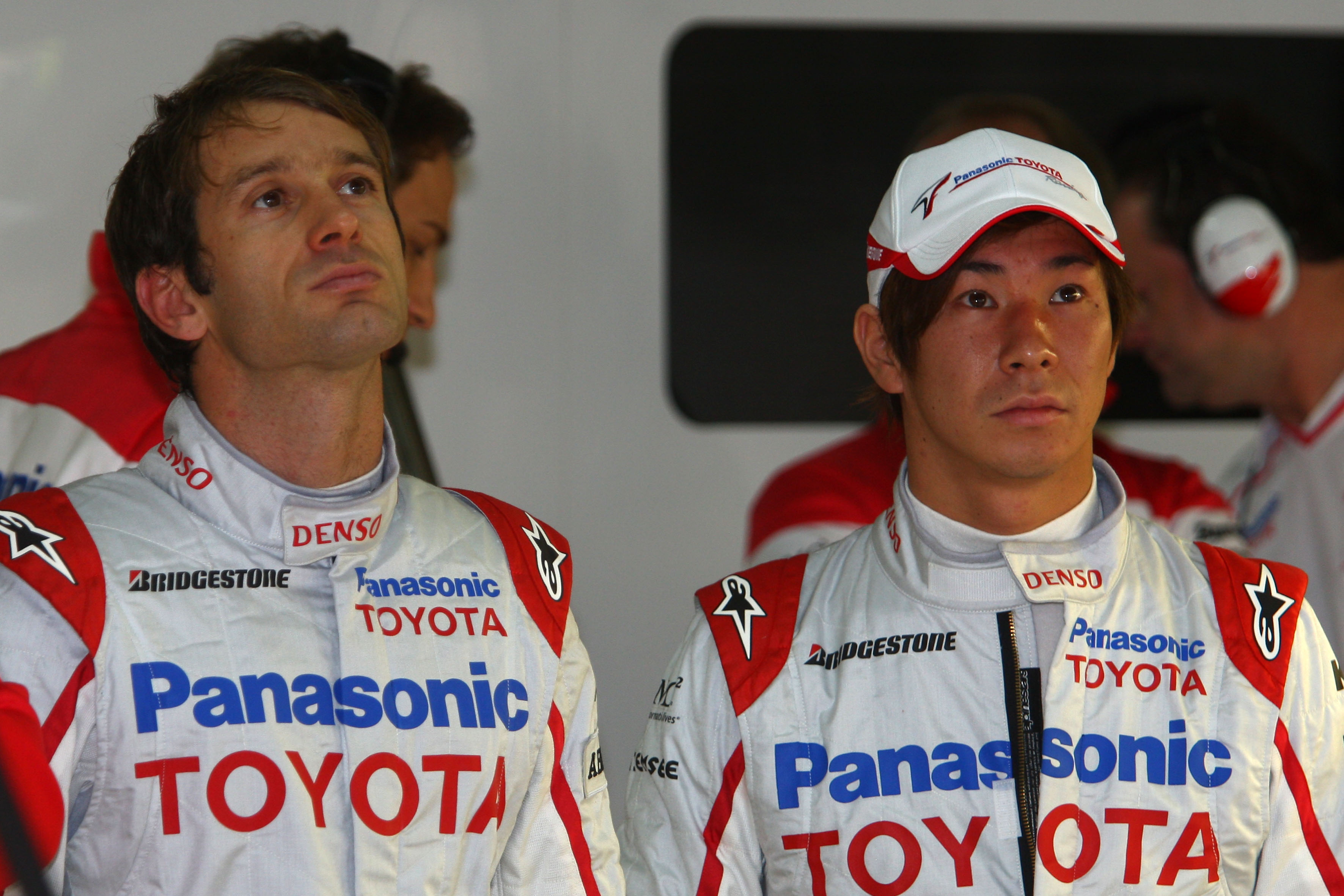
For Toyota, its cars winning in F1 wasn’t enough. It wanted its whole corporate ideology to prevail. ‘The Toyota Way’ is a comprehensive philosophy that encapsulates a culture and way of doing things well-honed for its more conventional road car and associated products, but it was not compatible with the speed demanded in F1.
This was at the heart of criticism of the Toyota F1 team as being too corporate, insistent on taking its approach into F1 rather than adapting to meet the unique requirements of its new environment. As in nature, a species perfectly-honed to the demands of its natural habitat will fail when in a new ecosystem with very different environmental pressures.
Toyota failed to realise that it needed to adopt what might be called ‘The F1 Way’, which was regularly criticised by those who worked in the team. Decision-making was considered to be too slow, with personnel who had thrived elsewhere feeling constrained by this corporate straitjacket honed in a world that moves at a very different pace to the short, sharp F1 season.
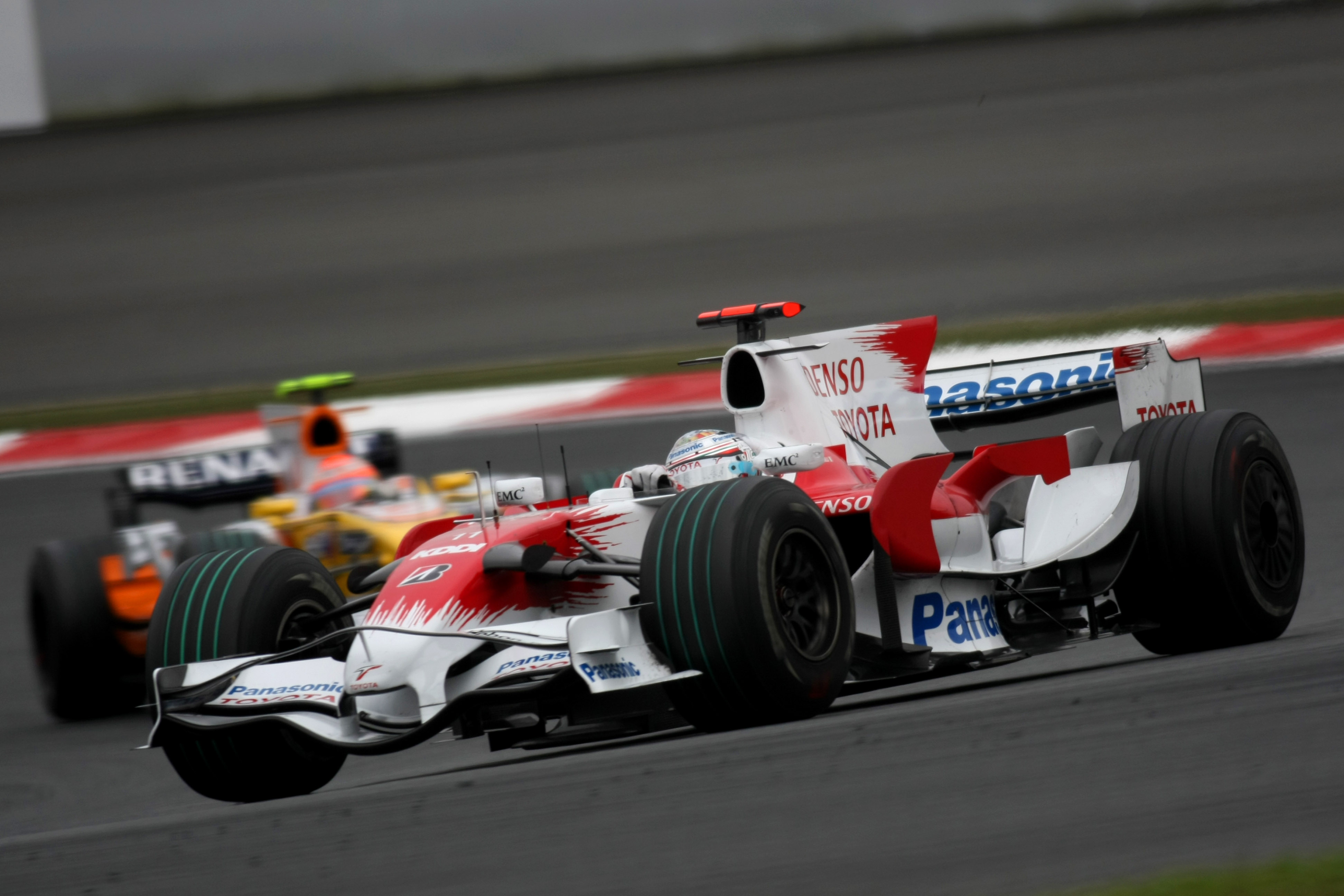
This played a part in the failure to recruit enough established F1 personnel early on. There were some with F1 experience, but not enough, and they recognised the weaknesses of a team that carried over many personnel from the rallying and sportscar programmes. Initially, the team was led by former rally driver Ove Andersson, who had proved his prodigious skills as a team boss in rallying and sportscars but who, crucially, didn’t have F1 experience and wasn’t given the support he deserved with other senior recruitments.
Ultimately, if you are working in a highly-specialised sphere like F1, you need to be willing to allow the flexibility to work in the best way possible. Toyota never permitted this freedom, also curbing the flashes of individual brilliance any team must harness to win.
Inevitably, these problems were reflected in both the chassis and the engine department.
CORPORATE INTERFERENCE
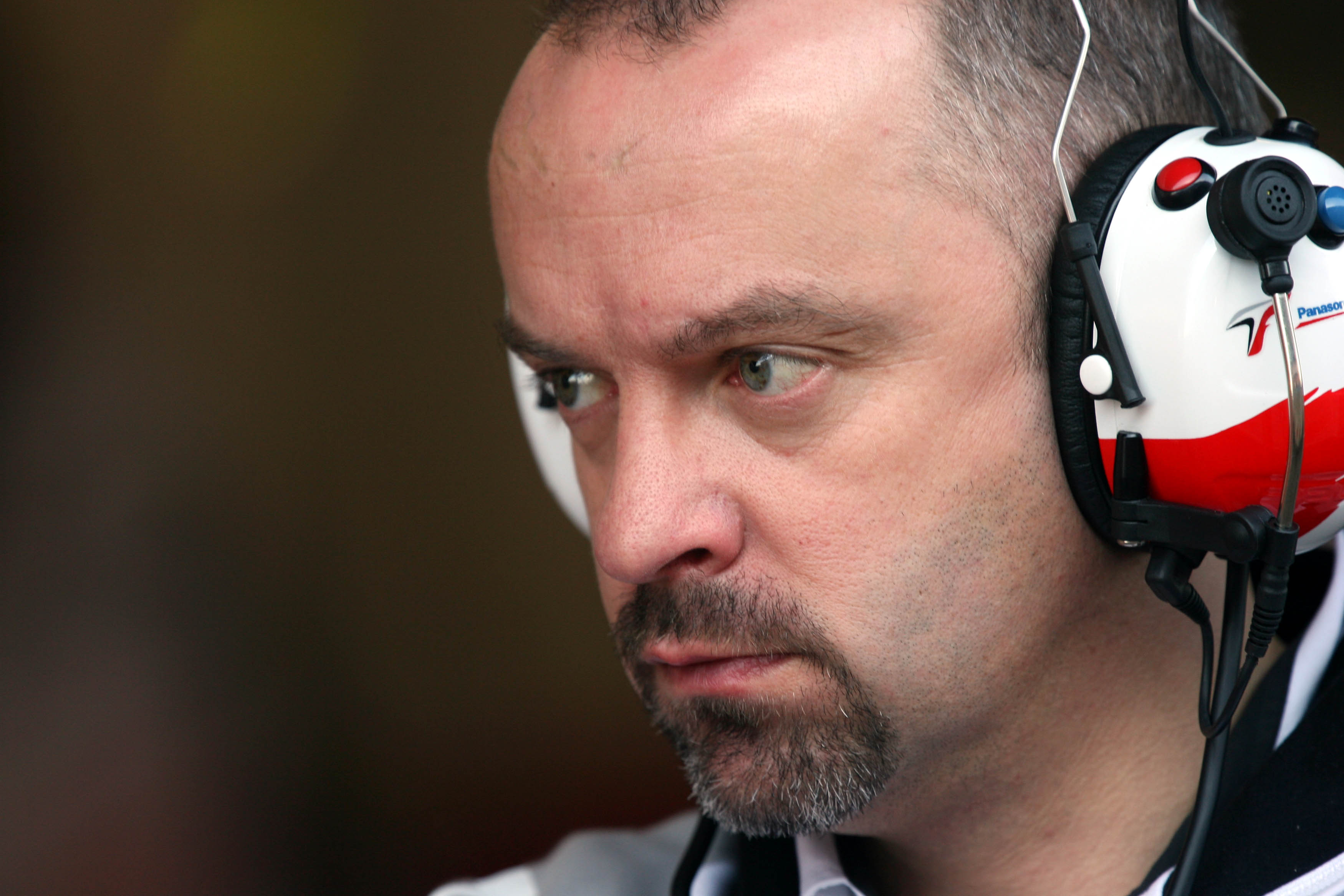
Things started to pick up when Mike Gascoyne was brought in from Renault in December 2003 as technical director. He laid the foundations for a 2005 season that proved to be Toyota’s best, with five podium finishes for Ralf Schumacher and Jarno Trulli and fourth in the constructors’ championship. Toyota very publicly set its sights on beating Ferrari in 2006, and contending for its first victory, but after a difficult start to the season Gascoyne was sacked. This highlighted several problems.
Gascoyne was axed for a number of reasons, but throughout his time there he faced resistance for not doing things ‘The Toyota Way’. His more confrontational style didn’t sit well with the culture so he was always going to be vulnerable if results weren’t good enough. While in 2005, you couldn’t dispute his effectiveness, in 2006 the underlying problems came to a head in a campaign not helped by a first attempt at a V8 engine that wasn’t up to the standard of those produced by Mercedes and Renault.
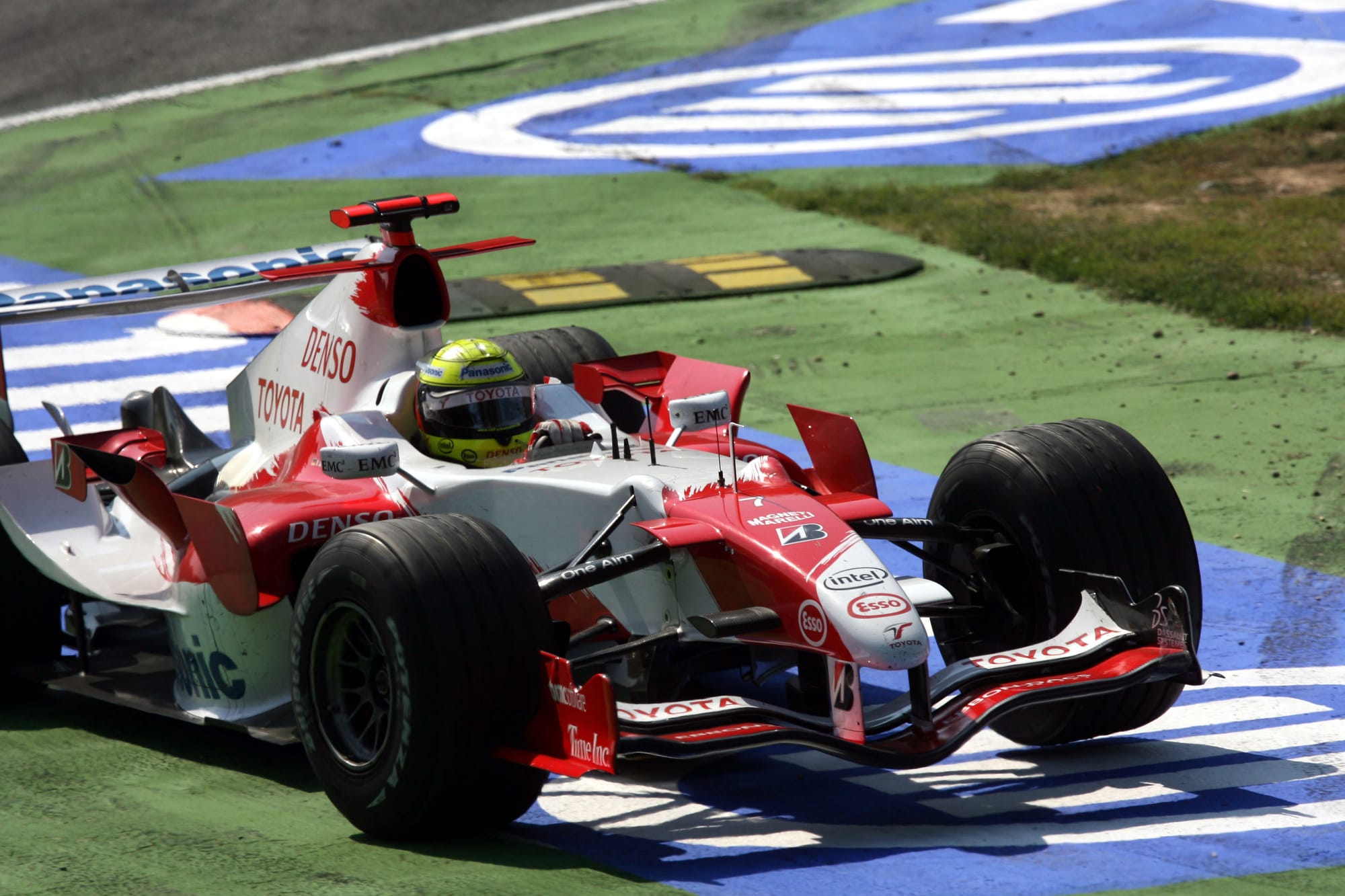
But the real reason Toyota didn’t press on in 2006 and failed to build on the previous year was a decision imposed by Japan to switch from Michelin to Bridgestone rubber against the wishes of the technical team. While it worked well for Toyota as a wider company commercially, this didn’t mesh with the suspension concept that was carried over on the TF106, which was very much an evolution of its predecessor and played a key role in its struggles that year. The needs of the F1 team played second fiddle to the wider concerns of Toyota, yet the team was still somehow expected to beat Ferrari.
Another problem was that, following Gascoyne’s departure, Toyota reverted to a more consensus-based approach at a time when the team was well-placed to bring in a big-name technical director to take it to the next level and potentially needed another forceful personality able to make Toyota realise the error of its ways.
Perhaps most baffling, Toyota later failed even to pursue a clear opportunity to speak to Ross Brawn, who had by then left Ferrari, instead allowing him to join Honda as team principal ahead of the 2008 season and lay the foundations for Brawn GP’s title success and the dominance that followed for Mercedes.
POOR TEAM STRUCTURE
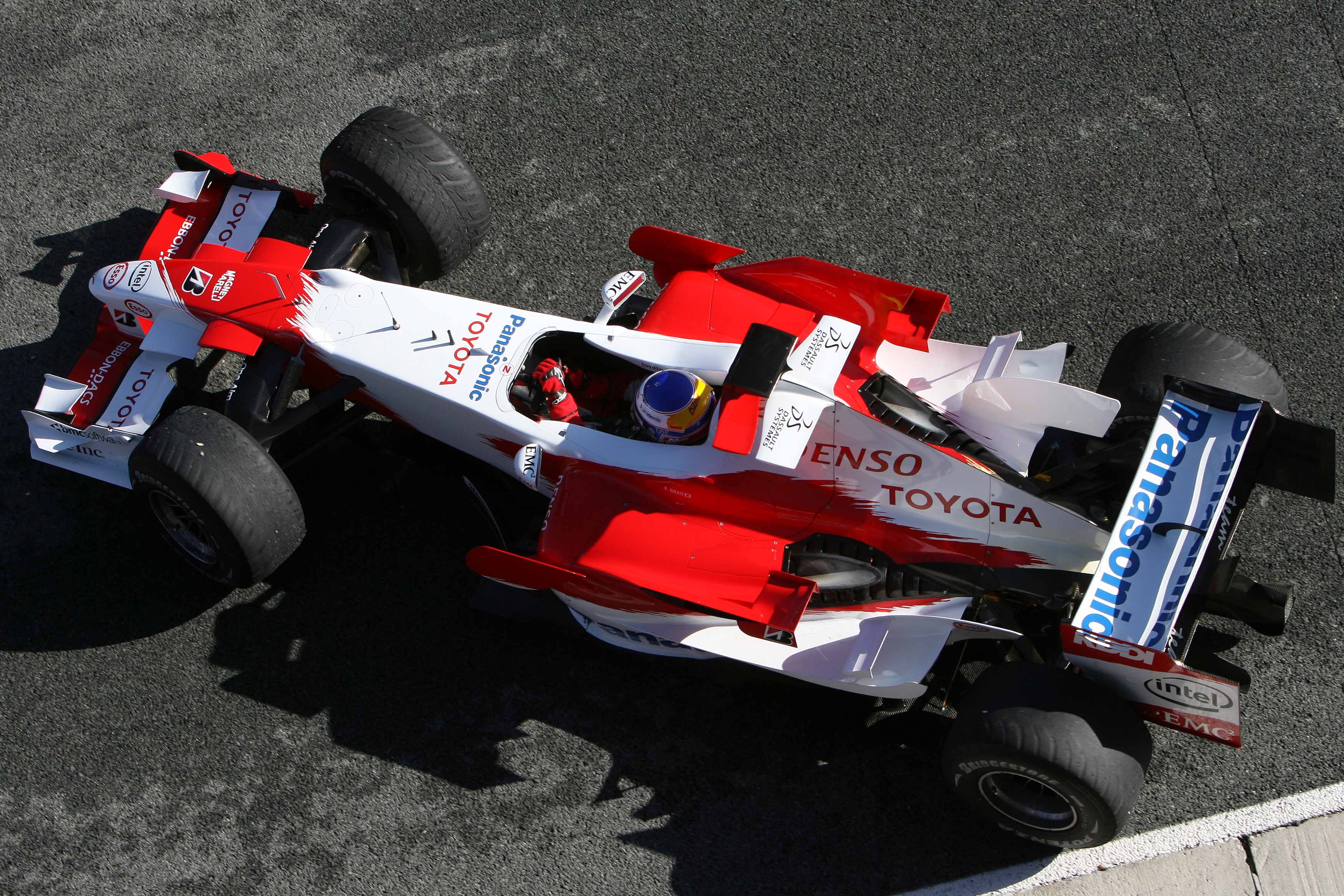
Toyota eschewed the traditional approach to F1 of setting up a headquarters in the United Kingdom in favour of using its motorsport base in Cologne. While it was well-equipped and heavily invested in, this made it more difficult to recruit. But even more problematic, and a weakness even if the team were UK based, was the fact that communication with Toyota in Japan was slow. As decisions often had to be referred there, this created a lag in the process. One decision waiting a day for a response might seem trivial, but add up multiple such delays and you lose a huge amount of time. Such flat-footedness has been commented on by many of those who worked at Toyota when it was in F1.
There was also a feeling that the team was too focused on the factory operation and not enough on trackside requirements. McLaren had pioneered the ‘race room’ concept at its headquarters, with meetings taking place between factory personnel and those at the track.
But there were cases where important work at the track – high-pressure car rebuilds, for example – was interrupted for lengthy meetings that those participating in them reckoned usually involved too many people. Toyota was putting the cart of corporate culture before the racing horse.
In Toyota’s final years in F1, Pascal Vasselon led the technical side. As he has proved with the subsequent Toyota sportscar project, he’s another accomplished operator but wasn’t an established F1 technical director and didn’t come from an aero background and the feeling was that, even this late in the game, there wasn’t enough focus on this aspect of the team. Unquestionably he was the right person, but some have suggested perhaps not in the right job for where the team was at that time.
AERO TROUBLES ADDRESSED TOO LATE
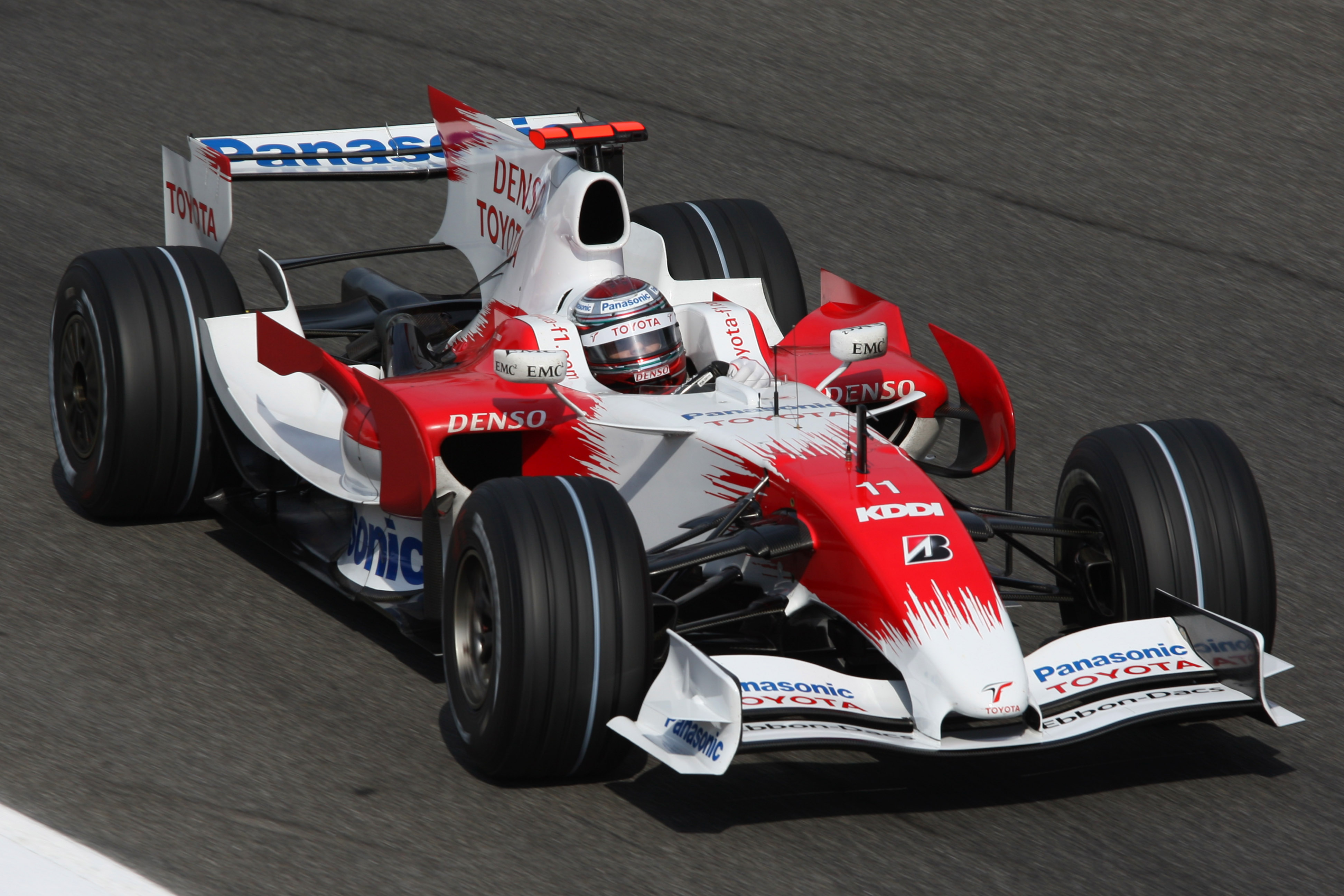
The failure to recognise that aerodynamics was overwhelmingly the most important battleground in F1 carried on throughout much of Toyota’s time in F1. But there were signs things were starting to change in later years, with the willingness to adapt perhaps boosted by being beaten in the constructors’ championship by new customer team Williams in 2007. In late 2007, Mark Gillan was brought in as head of aerodynamics with Frank Dernie consulting and, under Vasselon’s technical leadership, things did start to look up. The Toyota TF108 was an all-new car and showed significant aero gains, specifically when it came to becoming a more consistent car.
As F1’s aero war raged, Toyota was slow to adapt its development processes to look away from peak downforce figures and ensure it delivered a car that worked well across a range of conditions, but in 2008 the car was less pitch sensitive and it looked like the team was finally going in the right direction. While there were still weaknesses in terms of aero efficiency, something that would carry over into 2009, Toyota appeared to be on the right trajectory and finally operating more like a modern F1 team.
Yet during this period, Toyota also failed to play the engine politics game as well as it might have done. While Renault lobbied extensively to get breaks during the engine-freeze era that was about to come in, Toyota – like Honda – was less willing to play this particular game.
SQUANDERING THE DOUBLE DIFFUSER
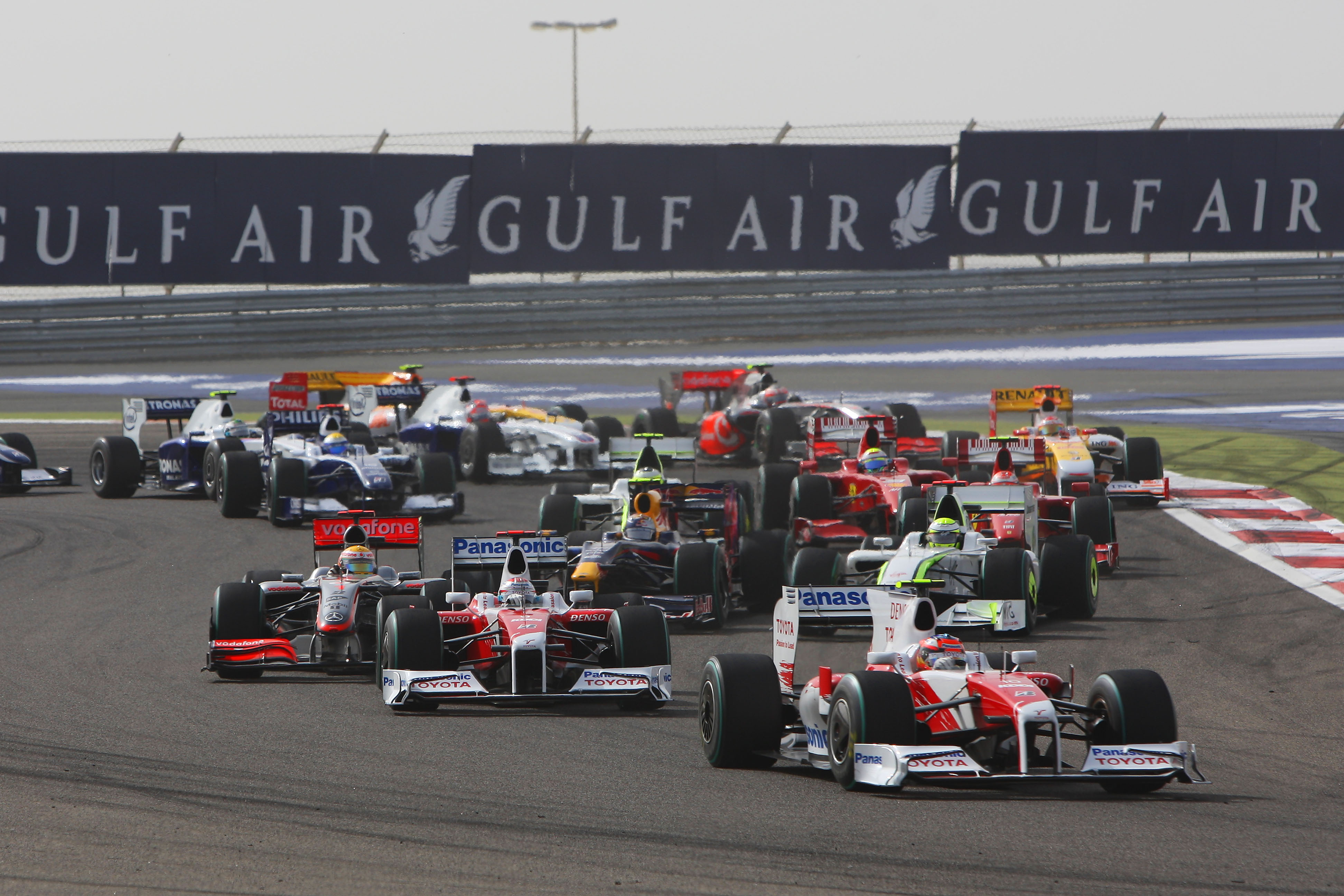
Toyota withdrew from F1 at the end of 2009 amid the global economic crisis. But that decision might have been very different had it delivered on the potential of what was a very quick car at times. The Toyota TF109 was, along with the Brawn, the only car to have both a version of the controversial double diffuser and the front wing concept that would become de rigeur. But the team failed to capitalise on the strong platform created by getting the car concept right.
Toyota started the 2009 season with a very real shot at finally taking a breakthrough victory. Three podium finishes in the first four races should have been better, and when it locked out the front row in Bahrain and ran first and second with Glock and Trulli, a strategic error of moving onto the harder tyre at the first pitstops cost Toyota a possible shot at victory. As it had been for some years, this was still a team that didn’t always get the best out of the car trackside and appeared to make some strange decisions that limited its potential.
The season started to go awry after the team proved to lack confidence with its Spanish GP upgrade, which it took off the car after practice, and it spent the middle stages of the season struggling. Some in the team felt Toyota’s overly-conservative approach was holding it back. But at Spa, Toyota had probably its biggest missed opportunity. Trulli started second but was, fuel-corrected, fastest in qualifying before an electrical problem slowed his start and he picked up front-wing damage in Turn 1. Without that, there was every chance of a straightforward victory.
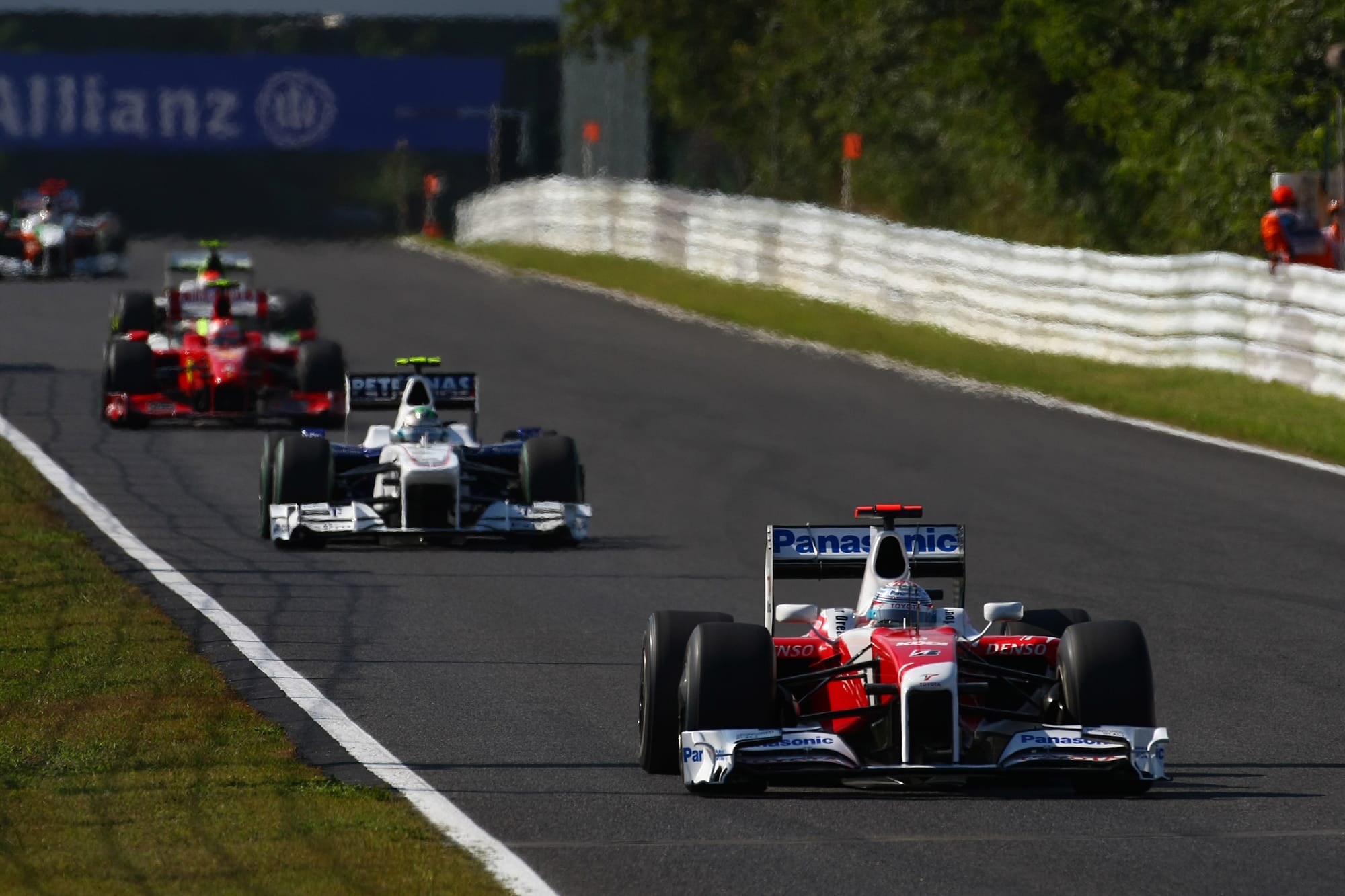
This precipitated a mini-revival, with second places at Singapore for Glock and – in a stunning drive – Trulli at Suzuka. But this wasn’t enough to save Toyota in F1. Economic crisis or not, a win and the stronger season that could have been would surely have persuaded Toyota to keep going.
The hope was that the stillborn Toyota TF110 would have represented another step forward. But Toyota’s withdrawal means that we will never know if a car regarded as having great potential might finally have made it a winner in F1.


